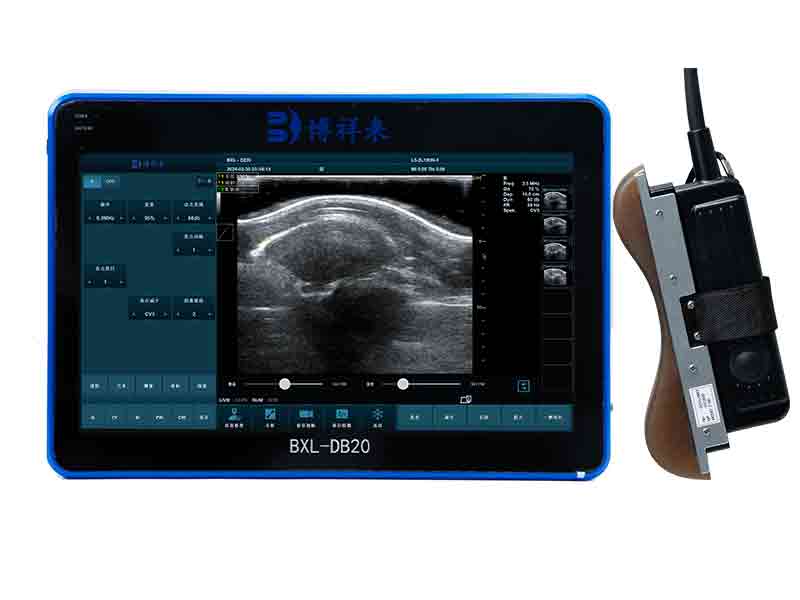Veterinary technology has significantly evolved, providing better diagnostic tools for animal health and livestock management. One such advanced tool is the veterinary back fat eye muscle area ultrasound detector. This specialized ultrasound device plays a crucial role in assessing body composition in livestock, ensuring optimal health, productivity, and meat quality. In this article, we will explore the function, benefits, and applications of this essential veterinary instrument.

Understanding the Veterinary Back Fat Eye Muscle Area Ultrasound Detector
A veterinary back fat eye muscle area ultrasound detector is a non-invasive imaging device used primarily in livestock farming to evaluate fat thickness and muscle area. This tool is essential for farmers, veterinarians, and researchers who aim to improve breeding strategies, feed efficiency, and overall animal welfare.
Key Functions
Measuring Back Fat Thickness
The detector accurately measures the subcutaneous fat layer on an animal’s back.
It helps farmers determine the appropriate feeding regime to maintain a balance between lean meat and fat content.
Assessing Eye Muscle Area (EMA)
The device evaluates the cross-sectional area of the longissimus dorsi muscle, commonly known as the eye muscle.
A larger eye muscle area often indicates better meat quality and yield potential.
Monitoring Growth and Development
The ultrasound detector allows real-time monitoring of muscle and fat development in growing livestock.
It aids in optimizing feeding programs to ensure healthy weight gain and muscle growth.
Enhancing Breeding Selection
Farmers and breeders can use the data from the ultrasound detector to select animals with superior genetic traits for breeding.
Selecting animals with optimal muscle growth and fat distribution enhances future livestock productivity.
Improving Meat Quality Assessment
Meat quality is directly related to muscle composition and fat distribution.
The ultrasound detector helps ensure that animals meet industry standards for premium meat production.
Benefits of Using a Veterinary Ultrasound Detector
1. Non-Invasive and Painless
Unlike traditional methods of assessing meat quality post-mortem, this ultrasound technology allows for real-time, non-invasive evaluations without causing stress or harm to the animal.
2. Enhances Livestock Management
By providing detailed insights into an animal’s body composition, farmers can make informed decisions about feeding, breeding, and health management, leading to increased efficiency and profitability.
3. Reduces Production Costs
Optimizing feed distribution based on accurate fat and muscle measurements minimizes waste and ensures that resources are used efficiently.
4. Supports Sustainable Farming
Efficient livestock management contributes to sustainability by reducing the environmental impact associated with overfeeding and inefficient breeding practices.
5. Accurate and Reliable Results
The veterinary back fat eye muscle area ultrasound detector provides highly precise data, ensuring consistency in meat quality and livestock health assessments.
Applications in the Livestock Industry
Cattle Farming – Used to evaluate beef quality and select high-performing cattle for breeding.
Pig Farming – Helps in managing fat-to-lean ratio, optimizing meat production.
Sheep Farming – Assists in assessing muscle growth for improved wool and meat yield.
Research and Academia – Used in studies related to animal growth, genetics, and nutrition.